The Egyptian Cotton
The highest price ,quality and the most healthy type in the world
Cotton types (the most important types) are :
- Long staple
Long staple cotton
is a long plant with multiple towers in fruiting. It is hand-made in several stages, characterized by bristles in length and strength. It is characterized by high prices for short cotton, but for specific markets, most importantly yarn factory in Japan and England.
- Short staple
short staple cotton
Short-center fruit center where almonds concentrated in a tower or two towers on the plant and mechanically harvested and is widespread in the world and is popular in the sale of the high yield and cheap prices and short hairs easy yarn

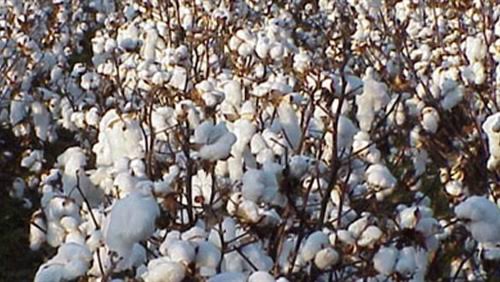.jpeg)
The best type of cotton
The Egyptian long staple cotton.
Egyptian cotton is characterized by its "long staple" and it is characterized by the softness that qualifies for use in the manufacture of high quality textiles, unlike other cotton varieties scattered around the world that cultivate cotton. The majority of the Egyptian cotton crop is exported to all over the world, a small percentage of it is used in local manufacturing, as the export generates more income than manufacturing. and have a high price
.jpeg)
.jpeg)
.jpeg)
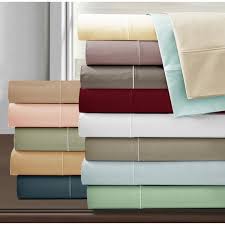.jpeg)
.jpeg)
Cotton entered Egypt in the modern era during the early 18th century As a tree attracted by her daughter who bought her, and because he was destined for great Egypt To be a world leader in the production of especially luxury cotton ones, crawled This tree was established in the land of dark Egypt and grew and brought prosperity with it until it included the land of the valley from maximum to maximum, and became the capabilities of farmers and plans their lives large before their young depend on the first place For what this white gold, in its form of serenity, will teach
The epic of talking about cotton in ancient and modern times and its importance on the national and international scale extends the length of Egypt's civilization and history. It is the grand edifice that Egypt has relied on in many positions. It is the trust that the Creator placed between the banks of this valley
Cotton cultivation started in Egypt since the ancient Egyptians where the seeds were discovered in one of the tombs of the good and spread cultivation in the Ptolemaic and Roman times, as Egypt was exporting cotton textiles to Rome, and talk about this is long, which leads us to move - in the interest of the reader's time - Where the history of cotton cultivation to 1820 when Jomil succeeded in multiplying the cotton discovered in a garden home, and found that the crop in terms of length of the staple compete with American and Indian cotton and surpassed, which led to the rapid spread of this new type, which was produced in 1823 about 30 Thousand quintals and finished cultivation It is known as the old municipal category in 1832
The American Civil War (1861 - 1865) and the consequent decline in cotton production in America led to the recovery of cotton cultivation in Egypt and the increase in production and high prices, which is a major turning point in the history of cotton growing as Egypt's exports jumped from 596 thousand quintals in From 1861 to 2507 thousand quintals in 1865. Since then cotton cultivation has been established in Egypt and the state has started to develop new varieties. Many species and varieties were imported, especially the Ceyland cultured at the time in the West Indies, Ashmouni, who later became the direct father And indirect to most Egyptian cotton varieties
On the occasion of the election of the new varieties of Egyptian cotton in the late eighteenth century some individuals working in cotton who are not aware of the scientific assets of education, and continued until the establishment of the Egyptian Agricultural Society in 1898. Lea This task was taken by the Department of Plant Breeding at the Ministry of Agriculture after its establishment in 1913 in cooperation with the Egyptian Agricultural Society. For this purpose, the Cotton Research Council was formed in 1919 and thereafter the Technical Research Committee in Giza
In 1928. In 1935, the cotton yarn factory was established to carry out technical studies to assist the breeder. It was then added to the plant breeding department, which in turn joined the Agriculture Department in 1950. In 1963, the cotton technology research was established, which included four sections: And cotton physiology and cotton cultivation, which was included in 1973 to the Cotton Research Institute of the Agricultural Research Center through three main research stations in Giza, Sakha, Bahteem and several substations in different governorates, although the Giza research station is the most important of these stations and the largest in terms of Number of employees Here, these stations do not work on the breeding of cotton is only limited, but also to various other agricultural research
These have succeeded in the development of many varieties, including, for example, Cyclaridis, which was the pearl of Egyptian cotton in his time and after it, Mt Afifi, Alasili, Yanovchi, Abbasid, Nubari, Billion and Renaissance and Vadadi and then the exhibition long staple derived from Pima cotton, which was taken from the United States cotton Pima himself is the Egyptian cotton mite Afifi who was introduced to the United States around 1900 to find an Egyptian class that corresponds to the American environment in the agricultural areas of Arizona and southern California
Giza 7 was the first real success of the Ministry of Agriculture began in the year 1930 after it was found as individual plants in a field planted with Ashmouni cotton in Al-Fashn in Beni Suef, which is attributed to the high level of yields of cotton acres in Egypt to five Qanatir For the first time in this century, and the return of its production in 1939 to restore to the state what has been spent on cotton research since its inception in 1905, followed by the category of Sakha 4 and then bumper and then Giza 23
The first successful economic item to be derived from industrial hybrids was the long-staple crank from hybridization between the two types of exhibition and the third strain and was included in the trade varieties in 1940.
Thank you
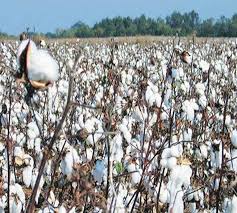.jpeg)
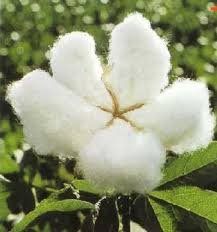
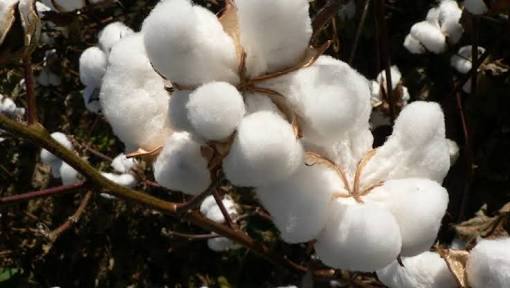.jpeg)